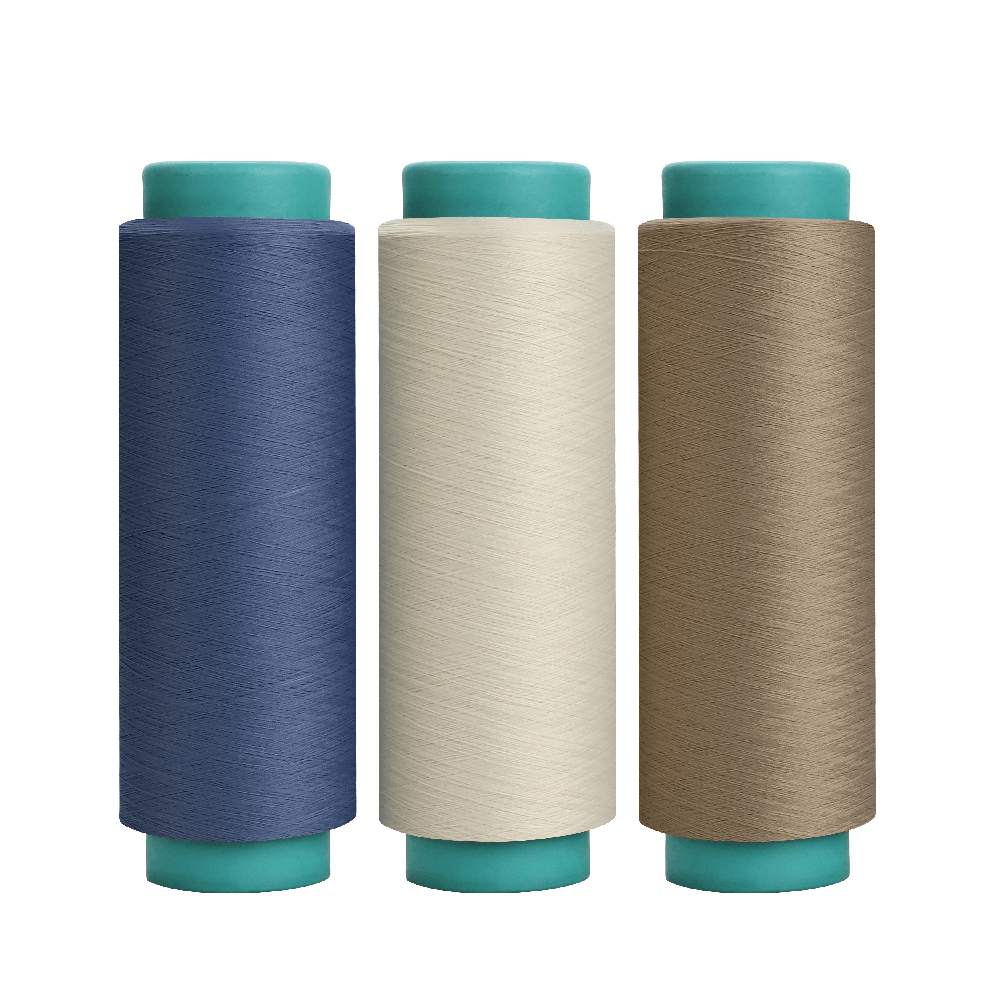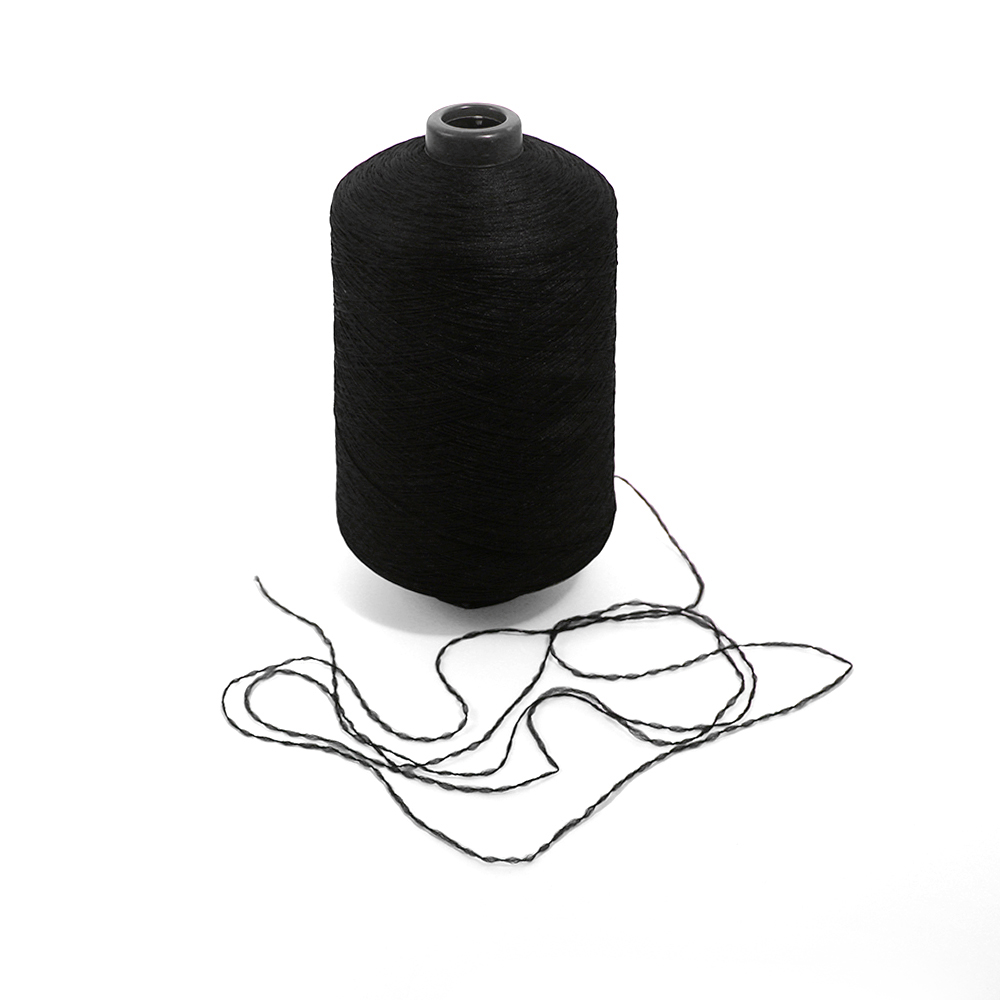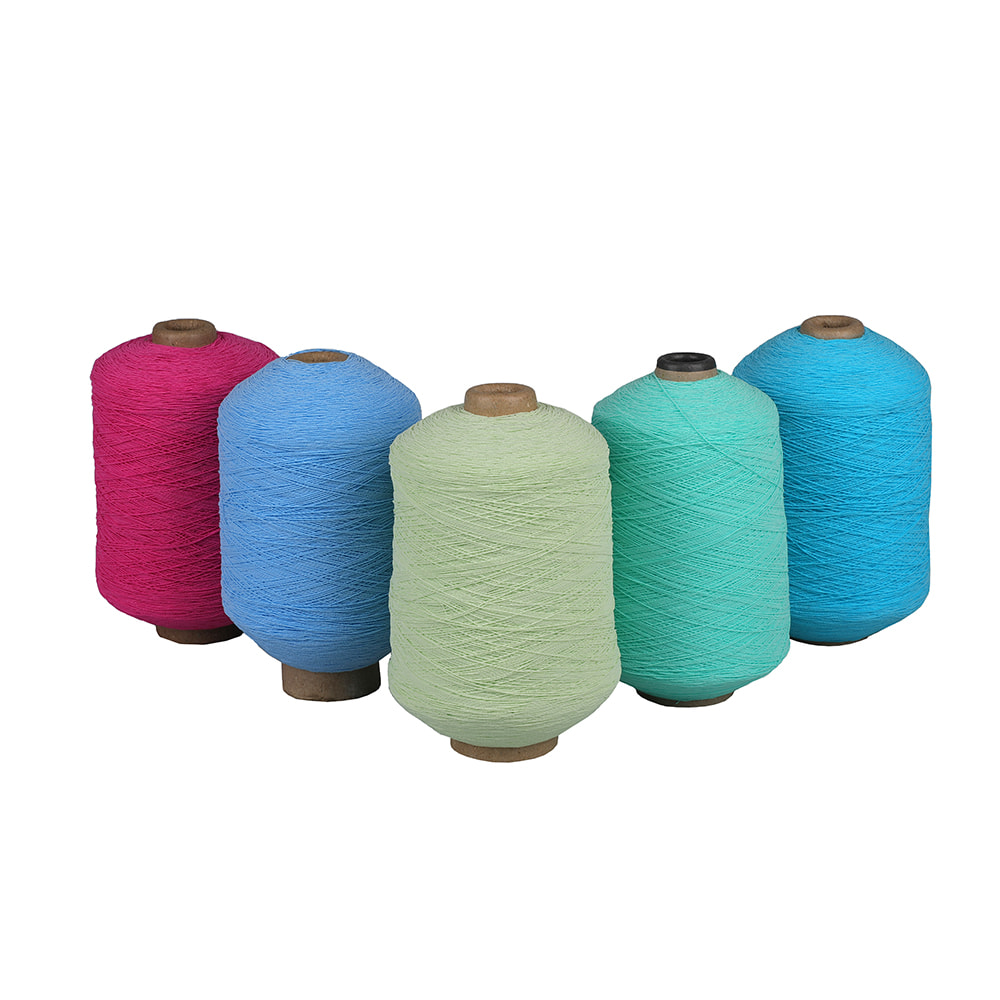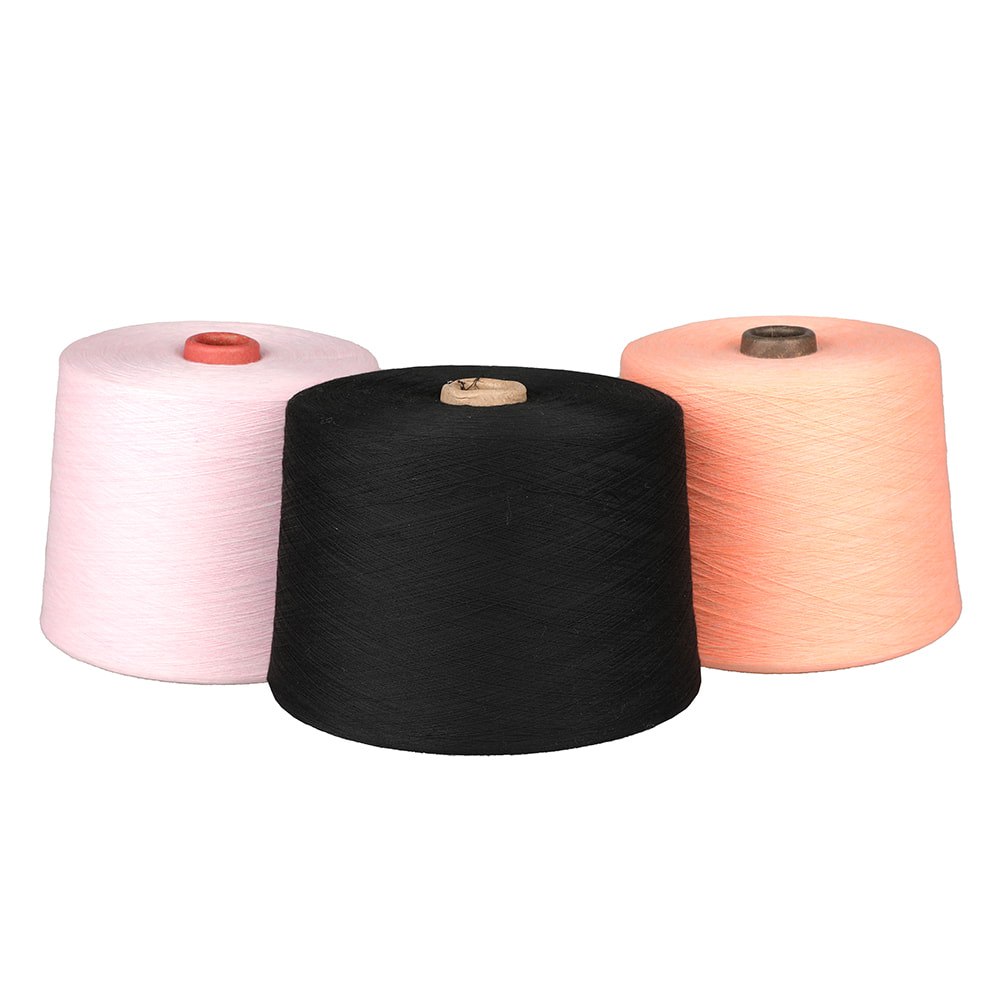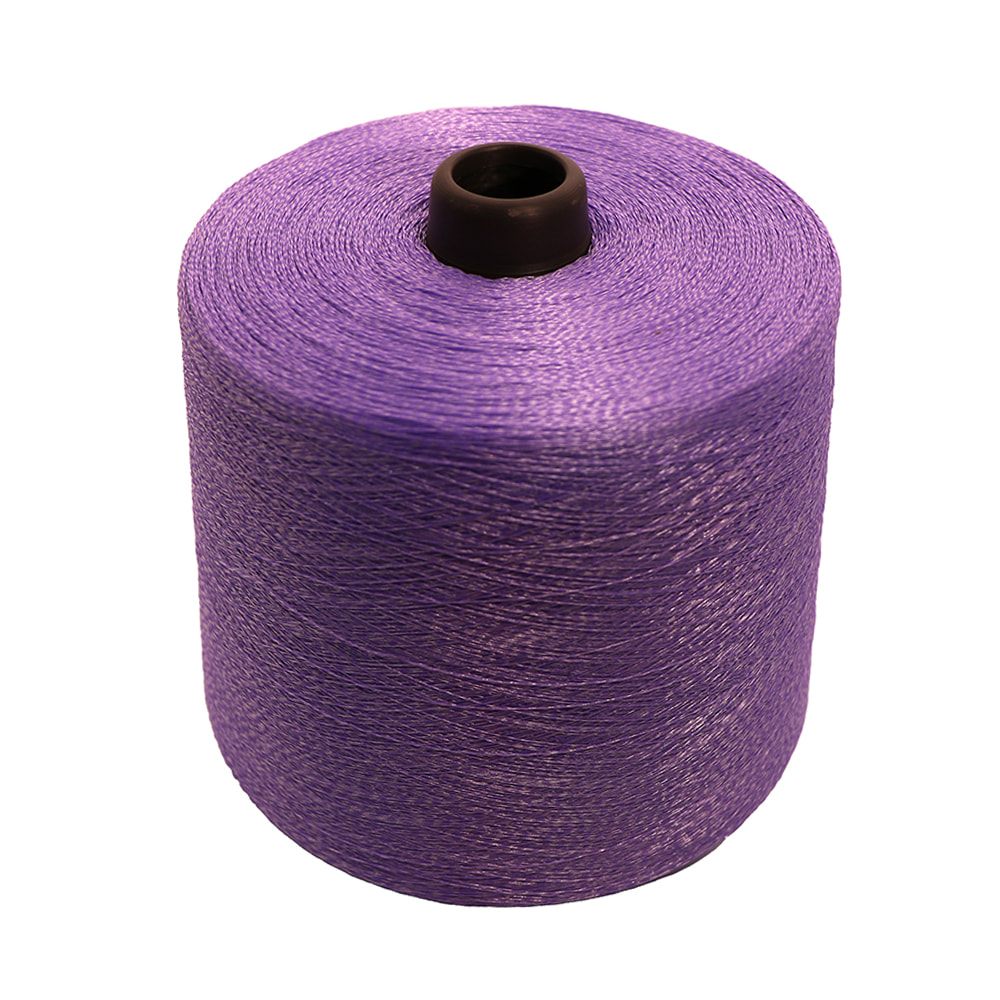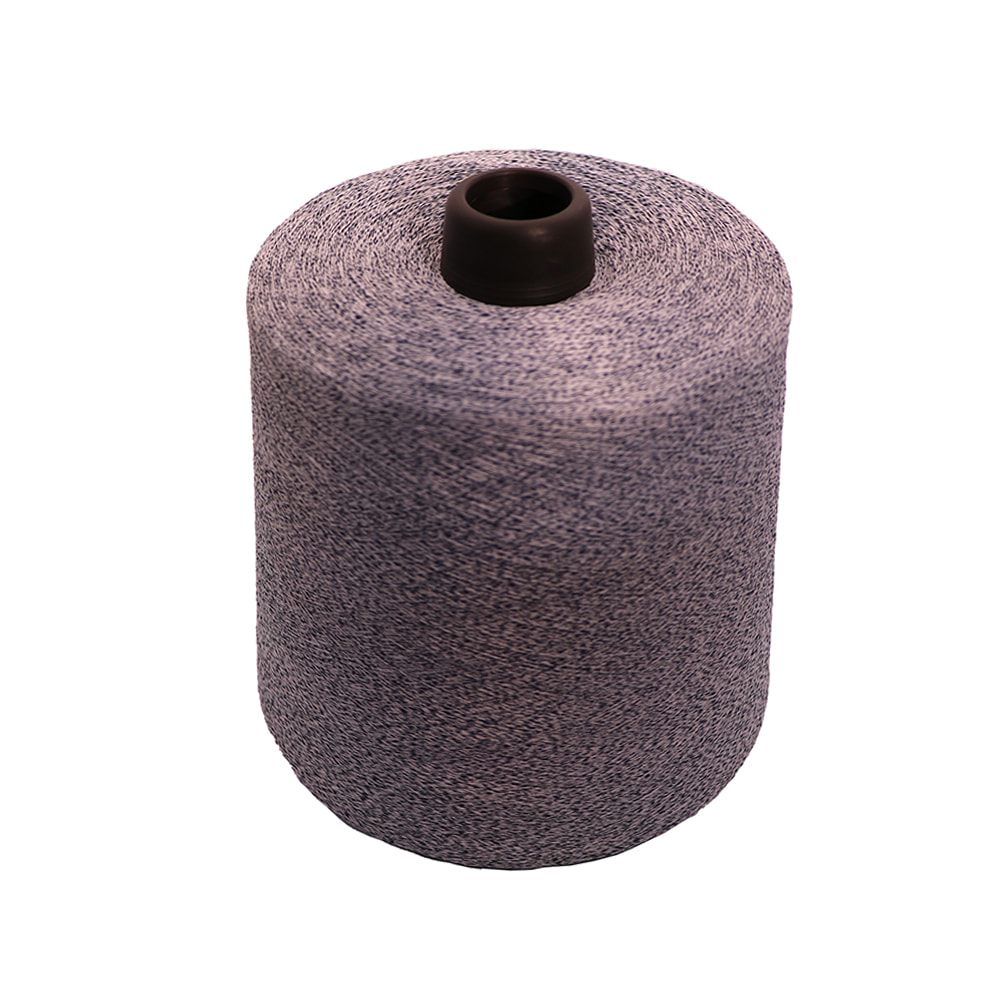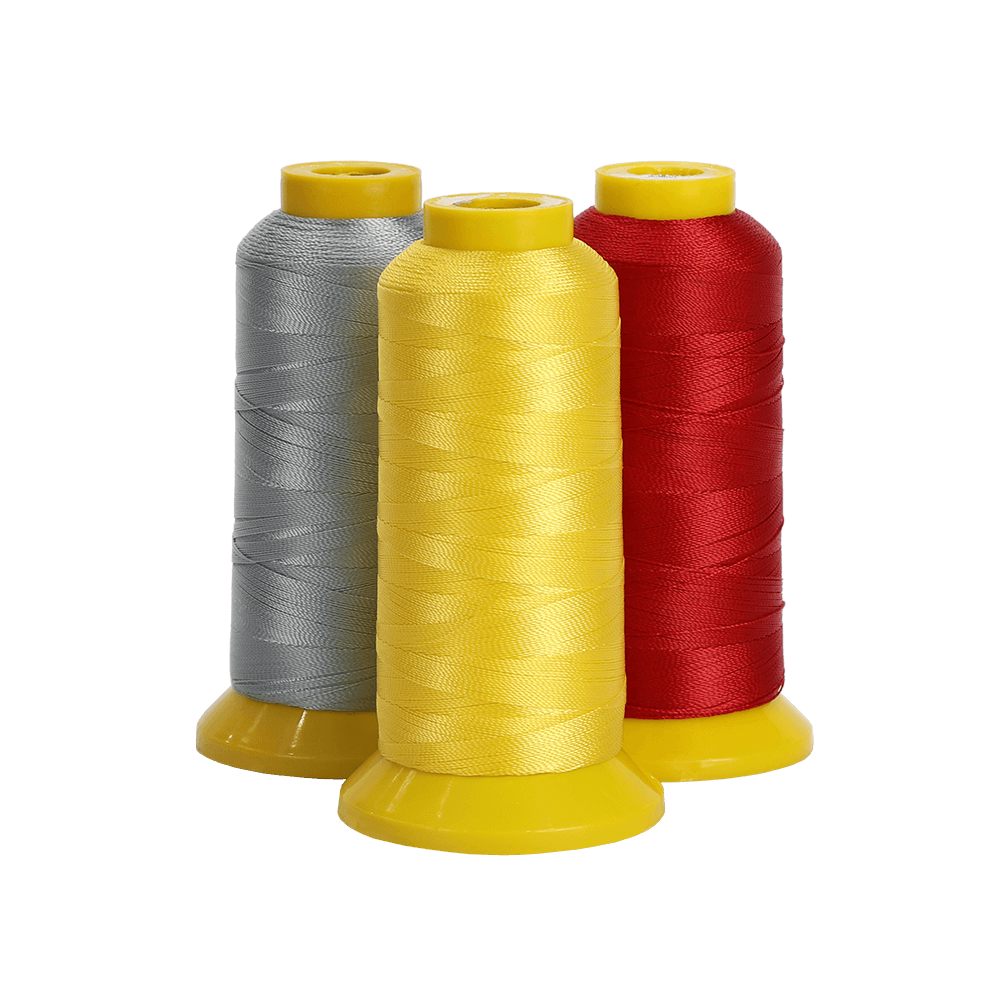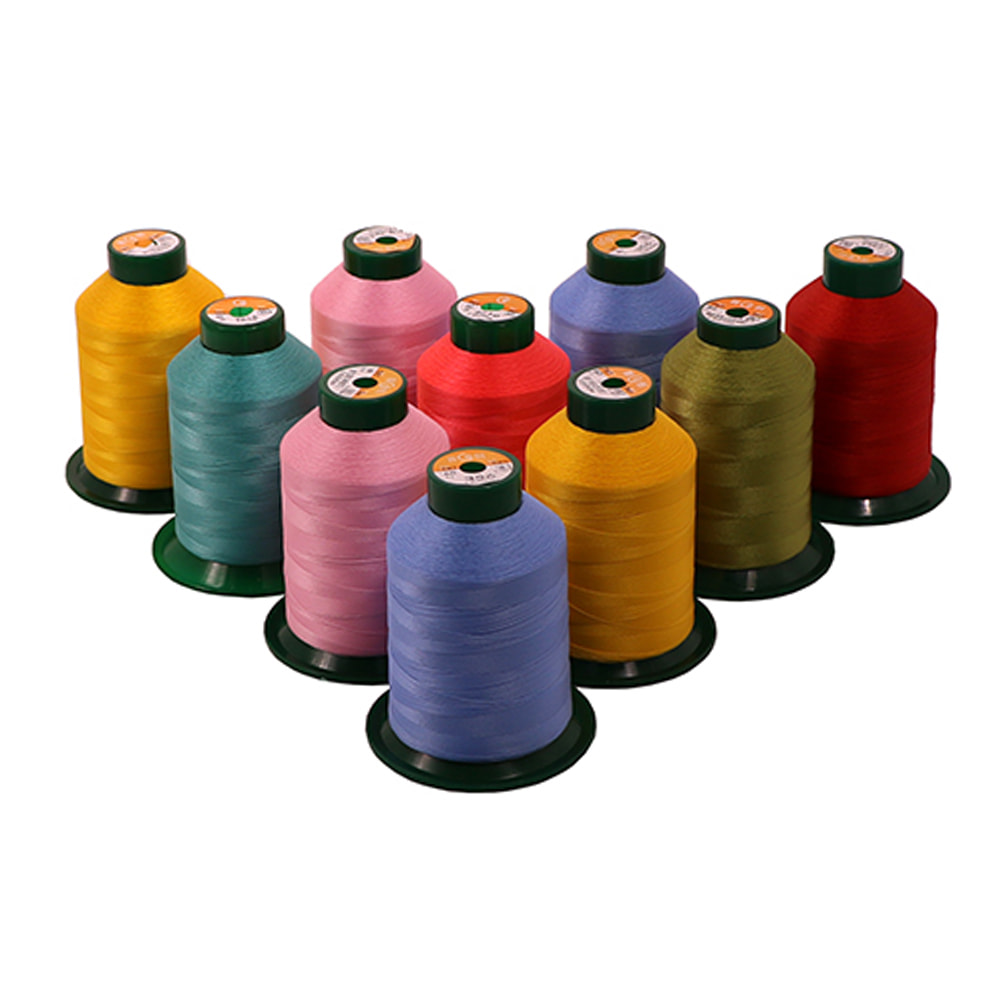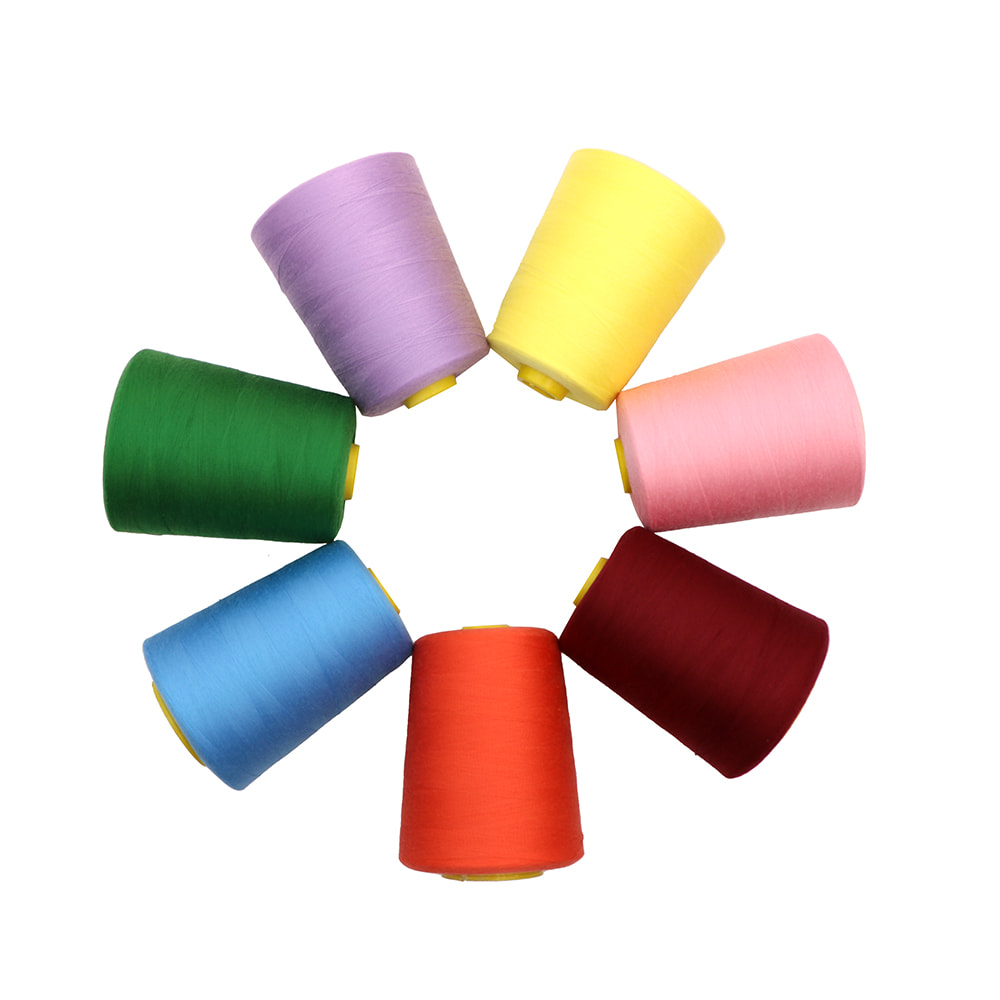1. High-strength realization mechanism
Material selection
Synthetic fiber: Colored high-strength sewing thread usually uses synthetic fibers as the main material, such as polyester fiber (polyester) and nylon fiber. These synthetic fibers are widely favored for their high strength, wear resistance and chemical stability. Both polyester fiber and nylon fiber have tensile strength and breaking strength, and can withstand large external forces without breaking easily.
Fiber blending: In order to further improve the strength of sewing thread, different types of synthetic fibers are sometimes blended. This blending technology can make full use of the advantages of various fibers, such as improving wear resistance, heat resistance or increasing elasticity, thereby comprehensively improving the overall performance of sewing thread.
Manufacturing technology
Fiber preparation: During the manufacturing process, synthetic fibers will undergo spinning, stretching, shaping and other processes to form fibers with certain strength and elongation. These fibers are carefully selected and proportioned to ensure the high strength characteristics of sewing thread.
Twisting technology: Colored high-strength sewing thread is usually twisted by multiple fibers. During the twisting process, the fibers are intertwined and entangled with each other to form a tight fiber bundle. This tight fiber structure helps to improve the tensile strength and breaking strength of the sewing thread.
Dyeing process: During the dyeing process, the sewing thread will undergo a series of chemical treatments to ensure that its color is bright and long-lasting. These chemical treatments have a certain impact on the strength and durability of the fiber, but modern dyeing technology has been able to strike a good balance between color effect and fiber strength.
Fiber structure
Molecular structure: The molecular structure of synthetic fibers is tight and orderly, allowing the fibers to quickly disperse stress when subjected to external forces, thereby avoiding breakage caused by local stress concentration. This molecular structure allows colored high-strength sewing threads to maintain integrity and stability when subjected to large external forces.
Fiber orientation: During the fiber preparation process, the strength and modulus of the fibers can be improved by controlling their orientation. Well-oriented fibers can more effectively transfer stress when subjected to external forces, thereby improving the overall strength of the sewing thread.
Post-processing process
Heat setting: Heat setting is a process that heats and stretches fibers to fix their shape and size. This process helps to improve the dimensional stability and wrinkle resistance of the sewing thread, thereby indirectly enhancing its strength.
Coating treatment: Sometimes, in order to further improve the strength and wear resistance of sewing threads, they are coated. The coating material can be various polymers or lubricants, which can adhere to the surface of the fiber and form a protective film to reduce friction and wear between the fibers.
2. Material and technical features
Material features
High strength: Both polyester and nylon fibers have high strength and elongation at break, which enables colored high-strength sewing threads to withstand large external forces without breaking easily.
Abrasion resistance: These synthetic fibers have good wear resistance and can maintain their performance and appearance during long-term use.
Chemical stability: Colored high-strength sewing threads have good resistance to chemicals such as acids and alkalis, and are not prone to corrosion or degradation.
Technical features
Rich colors: Through advanced dyeing technology, a variety of bright and long-lasting colors can be produced to meet the needs of different consumers.
Easy to process: Synthetic fibers are easy to process in spinning, stretching and shaping processes, which ensures the production efficiency and quality of colored high-strength sewing threads.
Strong adaptability: Colored high-strength sewing threads are suitable for various sewing equipment and sewing processes, and can meet the needs of different fields and scenarios.


 English
English 中文简体
中文简体 Español
Español





